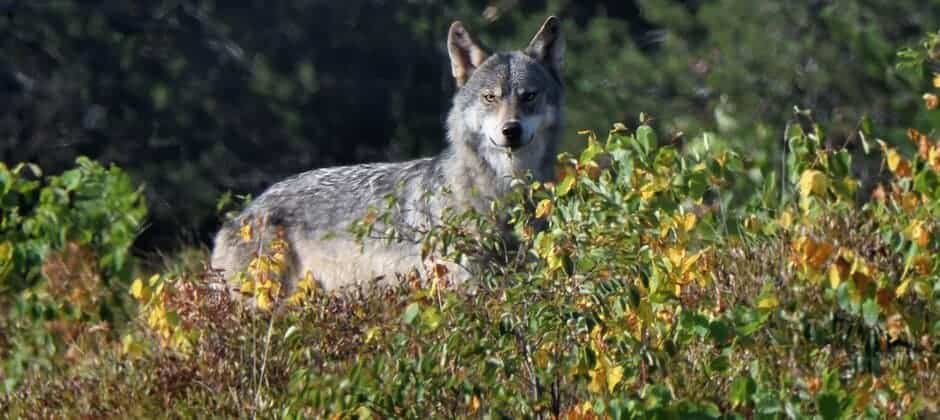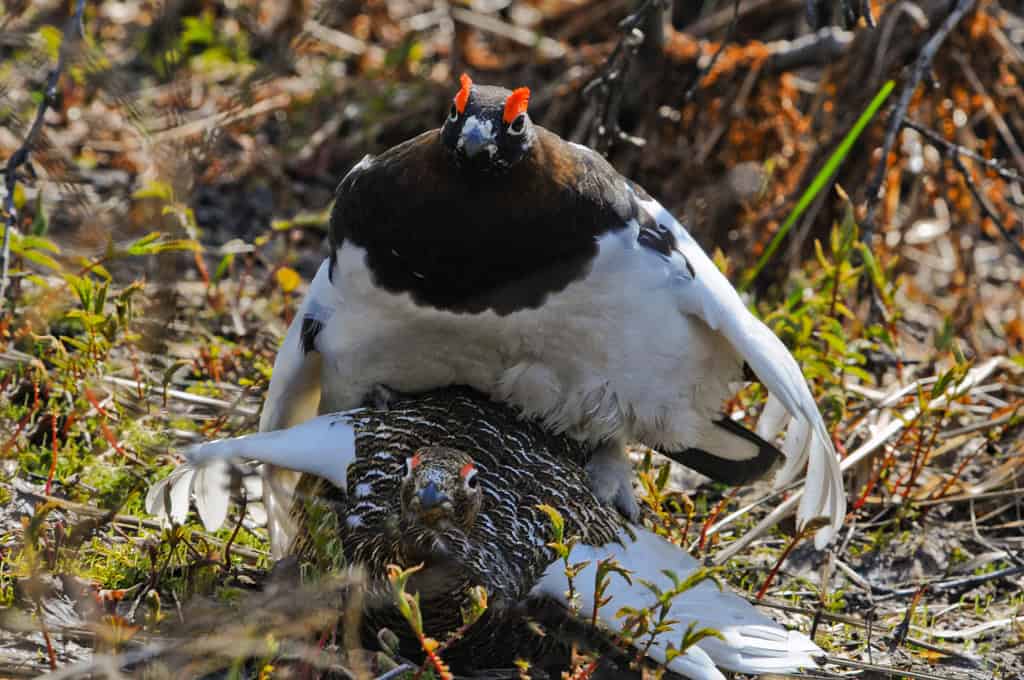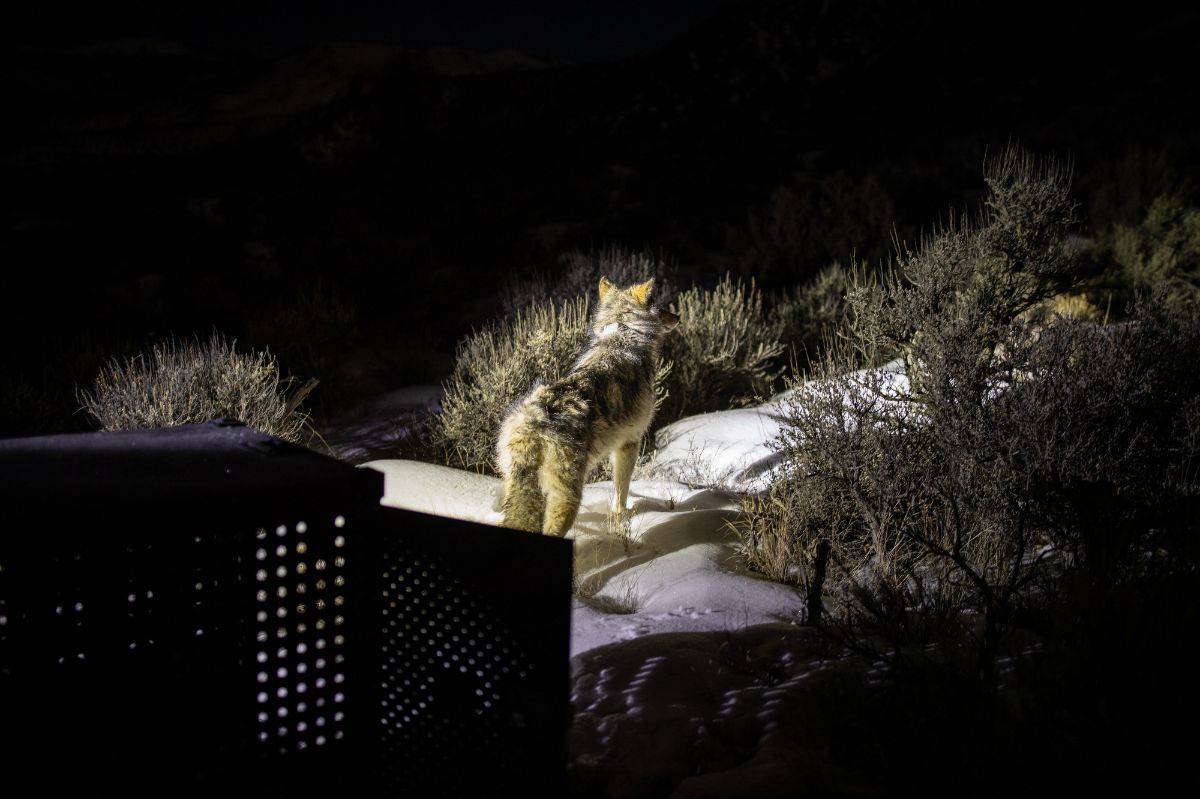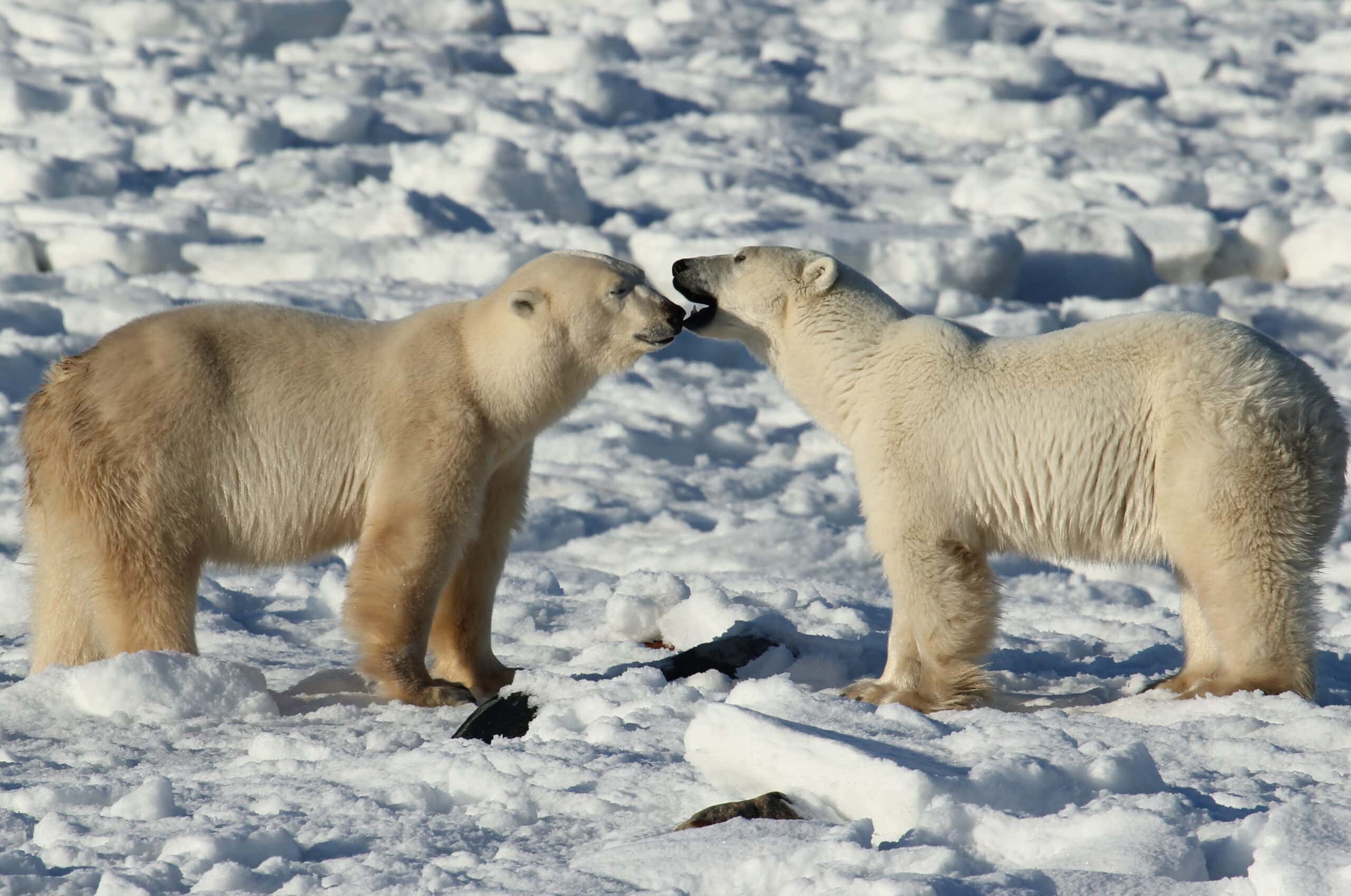Share this article
Colorado wolf reintroduction proposal released
Two years after Ballot Initiative 114 passed, mandating the reintroduction of the gray wolf (Canis lupis) to Colorado, the Colorado Parks and Wildlife Commission (CPW) has now released a proposal detailing a plan for wolf reintroduction in the state.
The proposal calls for the release of 10-15 wolves annually, for three to five years, totaling 30-50 wolves reintroduced. The wolf reintroduction technical working group determined the number was appropriate for creating a self-sustaining population of the species in Colorado.
Gray wolves are classified as “state endangered” in Colorado. The species’ federal listing status has been tied up in court, creating a complicated issue for reintroduction. For now, CPW is treating the species as if its listed under the Endangered Species Act and continues to work closely with the USFWS. Concurrent with the development of the reintroduction plan, the USFWS will be working cooperatively with CPW to designate wolves in Colorado as an experimental population under section 10(j) of the ESA.
The wolves selected for reintroduction will likely be taken from a current population in the Northern and Central Rockies, including states such as Montana, Idaho and Wyoming, and released into the western slope of Colorado. Due to varying protections for the species in neighboring states, the relocation locations will need to be a minimum distance away from several state and Tribal borders.
Included in the proposal are Colorado Parks and Wildlife’s plan for wolf-livestock interactions, covering issues like compensation for livestock owners and conflict minimization. If confirmed, livestock depredation resulting in death or injury will be compensated at 100% fair market value, up to a maximum of $8,000 per animal. Colorado Parks and Wildlife will also provide educational and outreach programs to livestock owners on conflict minimization techniques recommended by the state and deliver conflict minimization materials on a case-by-case basis.
Five public hearings will be held in January and February on the proposal. The final plan will be released to the public in April and voted on in early May.
Header Image: Gray wolves historically occupied Colorado but were hunted off the landscape in 1940. Credit: Charlie Rumschlag








